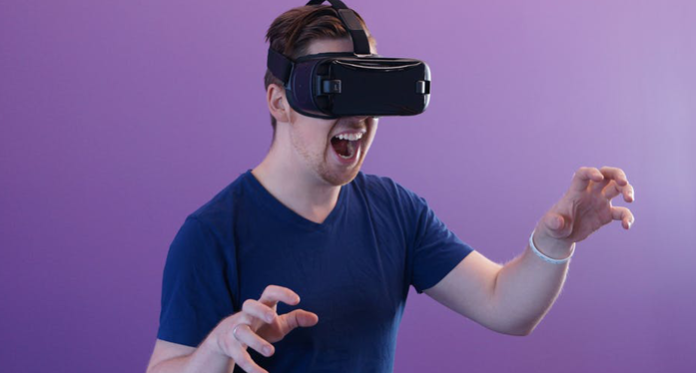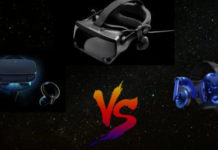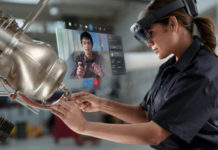This is how VR appeared on the market, at least as we know them today. The main difference between an independent VR headset and a smartphone headset is the presence of picture feedback from your PC inside the headset.
Of course, this feature influences the price: it is difficult to find less than 300€ that hold the road. On the program, two models champions in their field, a growing number of compatible games and a PC strong enough to support everything.
Oculus Rift: The Best Mid range
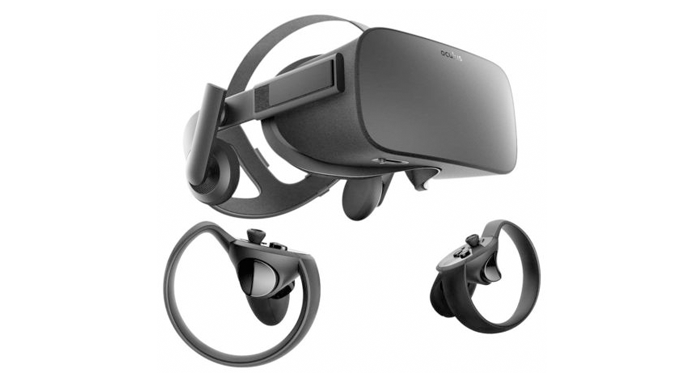 Already one year! Launched in 2016, the VR headset co-developed by Facebook had made a splash. Since then, the competition has passed, and if Oculus suggests that new models will come out, the model has evolved relatively little.
Already one year! Launched in 2016, the VR headset co-developed by Facebook had made a splash. Since then, the competition has passed, and if Oculus suggests that new models will come out, the model has evolved relatively little.
On the other hand, we have a battery of accessories, and that’s what motivated us to choose this particular product; moreover, the price has dropped considerably in recent months. So, this is an opportunity to talk about it again and to remember why the RV innovator continues to wreak havoc!
The Oculus Rift comes with an imposing but comfortable helmet, which is held on top of the skull thanks to a second elastic headband. There is also a pair of headphones attached to the helmet for total immersion. In this special pack, promotion (-140 € right now!), We also have two controllers. It is immediately felt that the experience will be different from that of VR for smartphones.
A quick look at the manual reminds us of the power – and the constraints – of this device. To make it run on your PC and have a good rendering of 1080 × 1200 (per eye!), You will need what the top of the game in gaming in 2016 was. Namely 8GB Ram, NVIDIA GTX970 and higher or an AMD Radeon 280 graphics card. It also takes a processor powerful enough to handle this additional device, at least an Intel i3-6500, ideally an i5-4590. If it sounds heavy, wait until you see what the HTC Vive requires …
But if you do the right thing and are well equipped, the experience is worth the cost. In addition to lenses, the screen inside the device is slightly curved, which also covers peripheral vision. And this, much better than the helmets for a smartphone. You’ve probably seen these videos of people panicking because they see themselves falling into virtual reality. That’s the level of immersion that the Oculus Rift offers.
To install it, plug it into HDMI to your computer. You will also find two USB cables to connect the sensors and the headset to two USB 3.0 ports on your PC or XBOX. For XBOX users, do not forget to download the new XBOX Stream App. By putting on the helmet, we find that it is relatively heavy. Despite the reasonably dense foam, the weight ends up weighing on the neck after an hour or two of use, but nothing too uncomfortable. You can adjust the length of elastics with a Velcro so that it fits all. Be careful to pay attention to the correct setting of your helmet. If you are not correctly positioned in front of the lenses, you may have ophthalmic migraines.
The small audio device is well thought out; it can be tilted to position it on the ears. The sound is in 3D stereo to enhance immersion. You can also disassemble them and connect your headphones. We loved the controller design, which HTC later copied. The hands slip into the motion sensors, and the buttons are well placed. Both sides then appear in the play. The measured latency is four-tenths of a second, which is a little bit longer. But we do it. A series of sensors put the device on standby when removed. These same sensors ensure measurement of the movement really at the top.
So, VR champion? At least his forerunner. Is it still the best independent VR headset? Not quite. But it offers value for money more and more competitive.
HTC VIVE: The Best High-end
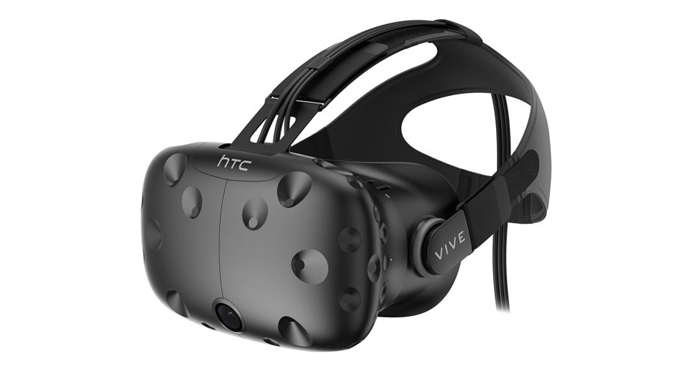 The HTC Vive provides the best VR experience available on the market. And for a good reason, two giants worked together on its realization: HTC and Valve. This is undoubtedly the most successful VR helmet model. And at the same time, its price is just terrifying. For almost double the Oculus Rift, does the HTC Vive provide double the performance?
The HTC Vive provides the best VR experience available on the market. And for a good reason, two giants worked together on its realization: HTC and Valve. This is undoubtedly the most successful VR helmet model. And at the same time, its price is just terrifying. For almost double the Oculus Rift, does the HTC Vive provide double the performance?
A small tour of the included material is required. In the Amazon pack that we found, there are two HTC controllers, which we will talk about a little later, all the necessary connectors and two infrared sensors to capture your movements in the room.
The HTC Vive is different from the Oculus Rift in that it is a mobile headset. If with the Oculus one stays still and one moves via the controller, the HTC offers the possibility to walk in space. The minimum required is at least 8m2 of space free of obstacles, furniture and – we found out at our expense – carpets. The helmet itself offers a slightly higher visual performance than the Oculus Rift. If the resolution per eye is the same (1080 × 1200), the field of view is 110 degrees, that is to say, 15 degrees’ better coverage of peripheral vision than the Oculus. The refresh rate is 90Hz, as for its competitor. And the PC performance required?
They go up a notch. At a minimum, it will need a GTX 970 graphics card or an AMD 290 – but the execution is not optimal – and a processor i5-4590 or AMD FX 8350. Just to run the HTC Vive, it will take 4GB of RAM. It was tested on a Nvidia machine with 16GB of RAM.
Let’s talk ergonomics. It’s the most massive VR helmet on the market, weighing 600 grams. The weight is mainly concentrated at the level of the screens, which unbalance a little more the whole. HTC Vive is not the most comfortable, especially since the foam around the eyes is permeable and keeps it warm.
For a technology that gives cold sweats, it is quickly a problem of hygiene. The joysticks, they are the most accomplished that exist. Suitable for right-handed and left-handed users, they have a tactile and clickable pad and a trigger.


